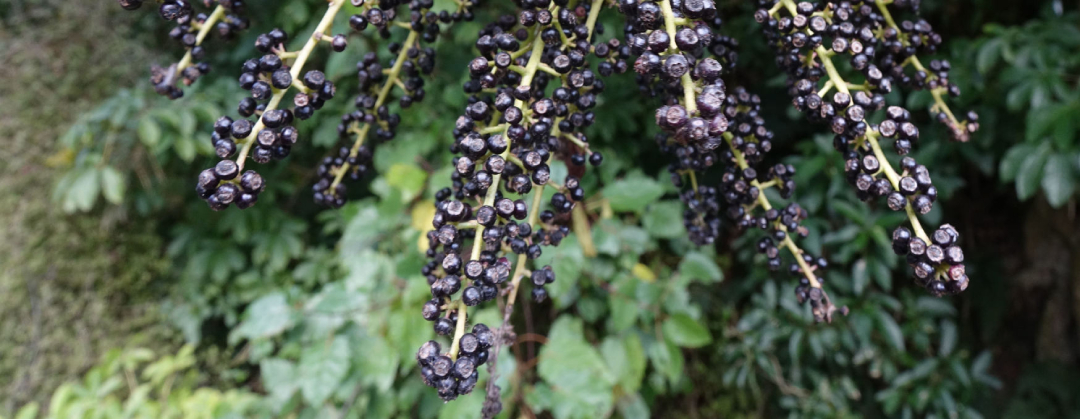Patatē, kōtētē, patete.
Schefflera digitata Seven-finger | Patē

This guide is based on a literature review. It compiles information from various sources. Different sources may offer varying advice and findings.
Good germination rate and seed viability. Uncertainty found with sowing to germination time frame.
Easy.
Found in lowland to lower montane forests (forests on the slopes of mountains) within open sites along streams, cliffs, and forest margins.(1)
Seeds do not store well.(2)
80–82% of seeds are viable.(1)
Germination rate of 98–100%.(1)
Germination, seed storage, and vegetative propagation need further investigation.
Information about the native seed profiles
All species names are in the following order: scientific name, common name, and Māori name. Names may vary by region. We have tried to use the most common names across New Zealand.
We have sourced photos from different websites and creators. We have used the images under different licences. These include Public Domain and Creative Commons licenses. For Schefflera digitata, the image details are:
- Photo by (c) John Barkla – some rights reserved (CC BY)
- Original image
The basis for each seed profile is a literature review carried out by Scion. Te Uru Rākau – New Zealand Forest Service commissioned and worked on the review to produce a native seed catalogue. The full seed catalogue is on the Ministry for Primary Industries (MPI) website.
References
Burrows, C J (1995) Germination behaviour of seeds of the New Zealand species: Aristotelis serrata, Coprosma robusta, Cordyline australis, Myrtus obcordata, and Schefflera digitata. New Zealand Journal of Botany 33, 257–264.
Metcalf, L J (1995) The propagation of New Zealand native plants. Godwit; Auckland, New Zealand.